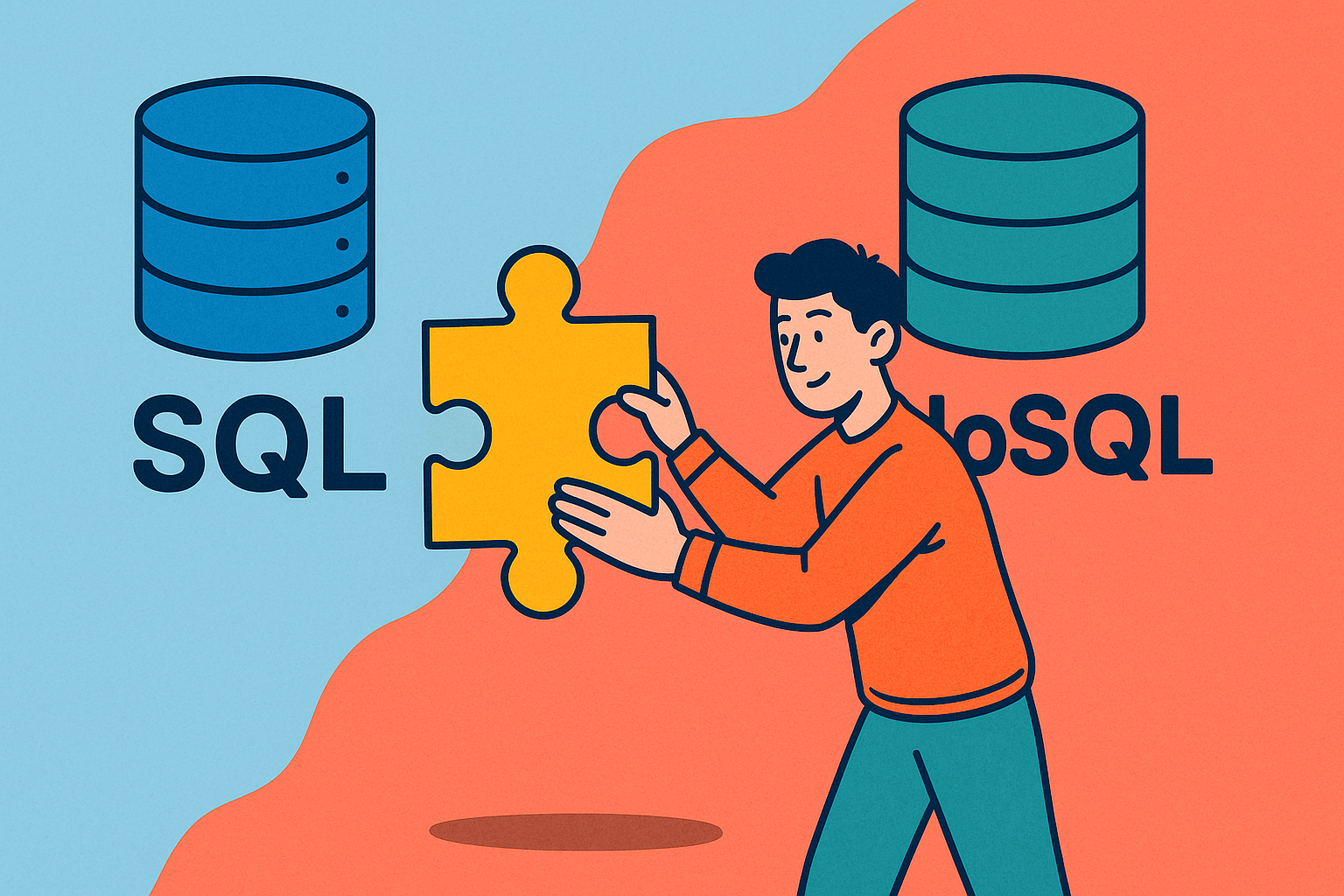In the labyrinth of data-driven architectures, the challenge of data integration—fusing data from disparate sources into a coherent, usable form—stands as one of the cornerstones. As businesses amass data at an unprecedented pace, the question of how to integrate this data effectively comes to the fore. Among the spectrum of methodologies available for this task, batch processing is often considered an old guard, especially with the advent of real-time and event-based processing technologies. However, it would be a mistake to dismiss batch processing as an antiquated approach. In fact, its enduring relevance is a testament to its robustness and efficiency. This blog dives into the intricate world of batch processing for data integration, elucidating its mechanics, advantages, considerations, and its standing in comparison to other methodologies.
Historical Perspective of Batch Processing
Batch processing has a storied history that predates the very concept of real-time processing. In the dawn of computational technology, batch processing was more a necessity than a choice. Systems were not equipped to handle multiple tasks simultaneously. Jobs were collected, processed together, and then the output was delivered. As technology evolved, so did the capabilities of batch processing, especially its application in data integration tasks.
One might say, "Batch processing began as the only way we could process data, but it continues to be essential in our real-time world." This encapsulates the evolution from batch processing as the only game in town to its current role as a specialized player in a team of data processing methods.
The Mechanics of Batch Processing
At its core, batch processing is about executing a series of jobs without manual intervention. In the context of data integration, think of a batch as a collection of data that undergoes the ETL (Extract, Transform, Load) process. Data is extracted from multiple sources—be it SQL databases, NoSQL data stores, or even streaming APIs. These data are then transformed into a common format and loaded into a target destination like a data warehouse or data lake.
The scheduling aspect of batch processing cannot be overstated. Whether it's a cron job in a Unix-based system or a more elaborate job scheduler in an enterprise environment, the scheduling ensures that batch jobs are executed during off-peak hours, thus optimizing system resources.
Advantages of Using Batch Processing for Data Integration
Batch processing’s enduring appeal in data integration can be attributed to several key factors. First and foremost is scalability. When dealing with voluminous data, especially in big data scenarios, batch processing is often the go-to solution because it can efficiently process large data sets in a single run.
The second point is efficiency. The batch model enables systems to fine-tune the processing environment, reducing the overhead that might be incurred in a real-time system. This can be a lifesaver when computational resources are at a premium.
Another not-so-obvious advantage is reliability. The mature nature of batch processing technologies implies robust error-handling mechanisms. The errors can be logged and analyzed later, allowing for a more stable data integration process.
Considerations and Constraints
While batch processing offers a robust framework for handling data integration, certain considerations and constraints should be acknowledged for an accurate assessment of its applicability to your specific use case.
One of the foremost concerns is latency in data availability. Batch processing inherently involves a time lag from the moment data enters the system to when it becomes available for analytics or other uses. This latency can range from a few minutes to several hours, depending on the complexity of the ETL processes and the volume of data being processed. For enterprises requiring near-real-time analytics, this lag may prove to be an unacceptable trade-off.
Another consideration is the computational resources required, particularly when dealing with big data. Batch processes can become resource-intensive, which necessitates investment in hardware and computational capacity. If your existing infrastructure cannot support these requirements, it may demand not just an incremental, but a substantial, upgrade, impacting the overall ROI of your data integration process.
Data consistency is a two-edged sword in batch processing. While the method itself is quite reliable, any inconsistency in the incoming data from heterogeneous sources could introduce complexity in transformation logic, and by extension, impact data quality. Your data integration process will need advanced mechanisms to clean, validate, and transform data, ensuring that it conforms to the desired schema and quality standards.
Security concerns also merit attention. The batch files that are created and moved around during the process can be susceptible to unauthorized access or cyber-attacks if not adequately secured. This risk is particularly accentuated when data is coming from or going to external, cloud-based services.
The final constraint is that of system downtime. Especially in settings that require 24/7 data availability, the batch processes must be scheduled meticulously to minimize any interruption to business operations. This often requires a detailed understanding of system usage patterns to identify the most optimal windows for running batch jobs.
Comparing Batch Processing with Real-time and Event-Based Processing
With real-time and event-based processing systems capturing the imagination of businesses and technologists alike, it's pertinent to question where batch processing stands in the larger scheme of things. In real-time processing, the focus is on providing immediate data integration, often at the cost of computational efficiency. Event-based processing, on the other hand, triggers data integration as and when specific conditions are met.
"The future is not batch versus real-time; the future is batch plus real-time," suggests a commentary from Datanami. This resonates with the current trend of hybrid systems that leverage both batch and real-time processing to offer a more rounded data integration solution. In such architectures, batch processing handles the heavy lifting of processing large data sets, while real-time processing deals with time-sensitive data.
Case Study: Batch Processing in a Modern Data Warehouse
To put things into perspective, let's consider a real-world case study of a modern data warehouse that used batch processing for data integration. This data warehouse needed to integrate data from various SQL and NoSQL databases along with data streams from different APIs. Initially, real-time processing was considered, but given the massive volume of historical data that needed to be integrated, batch processing was adopted.
The batch jobs were scheduled to run during off-peak hours to minimize the impact on system resources. As a result, the data warehouse successfully integrated data from disparate sources without compromising on system performance or data integrity. This case not only validates the importance of batch processing but also illustrates how it coexists with other data integration methods.
Best Practices for Implementing Batch Processing for Data Integration
The task of implementing batch processing for data integration involves a multitude of variables, from data types and sources to computational resources and target destinations like data warehouses or data lakes. Understanding how to navigate this maze requires more than just a grasp of the underlying technology; it necessitates a carefully orchestrated approach that balances efficiency, scalability, and reliability.
One of the first aspects to consider when integrating batch processing into your data pipeline is the system architecture. Specifically, your architecture needs to account for the volume and velocity of data you're working with. For instance, you may choose to implement data partitioning to deal with a large data set, breaking it into smaller, manageable chunks that can be processed in parallel. This is particularly helpful when performing ETL tasks, as it minimizes the likelihood of system bottlenecks.
When it comes to job scheduling, timing is of the essence. Batch jobs for data integration are often best run during off-peak hours to optimize the use of system resources. But it's not just about choosing the right time; it's also about choosing the right frequency. Whether you opt for daily, weekly, or even monthly batch runs largely depends on your data needs and the level of data freshness your analytics require.
One critical area that often gets overlooked is error handling and logging. In a well-designed batch processing system, failure is not an option; it's a consideration. Have a robust error-handling mechanism in place that not only logs failures but also sends notifications to relevant stakeholders. After all, a batch job that fails without notifying anyone is a time bomb waiting to explode, disrupting your data integration pipeline and potentially causing a ripple effect of data inaccuracies.
Monitoring is another essential best practice. Consider implementing real-time monitoring systems to keep track of the batch jobs. Monitoring can provide insights into performance bottlenecks, failures, and even success rates of the data integration process. Moreover, monitoring is not just for the present; data collected can be analyzed to predict future trends, enabling proactive system tuning.
Data validation should also be a focal point in your implementation strategy. As the adage goes, "Garbage in, garbage out." If the data entering your batch processing pipeline is flawed, the output will be equally flawed. Therefore, validate your data at the source, and also implement additional validation checks within the batch processing itself.
Lastly, let's talk about adaptability. Your initial setup may be perfect for today's needs, but what about tomorrow? Scalability is often addressed, but adaptability—your system's ability to incorporate new data sources or adjust to changing data formats—is just as crucial. Design your batch processing system with this adaptability in mind, perhaps by adopting modular architectures or incorporating machine learning algorithms that can learn and adapt to new data patterns.
The Enduring Relevance of Batch Processing in a Real-Time World
While the world moves towards real-time analytics and instant data gratification, batch processing remains an irreplaceable element in the data integration toolkit. It offers a level of scalability, efficiency, and reliability that is hard to match. By understanding its strengths and limitations, organizations can craft data integration strategies that make optimal use of batch processing, either as a standalone solution or in conjunction with real-time and event-based methods. As the landscape of data integration continues to evolve, batch processing holds its ground as a fundamental, tried-and-true method for integrating large and complex data sets.
 is now
is now


